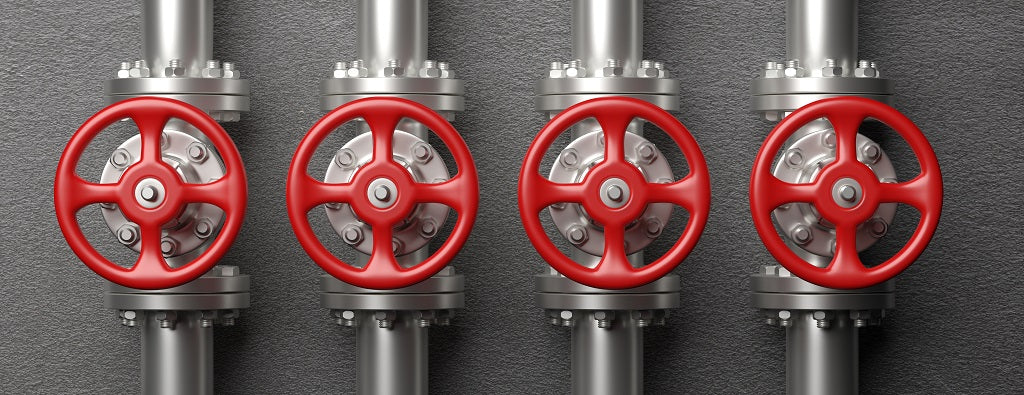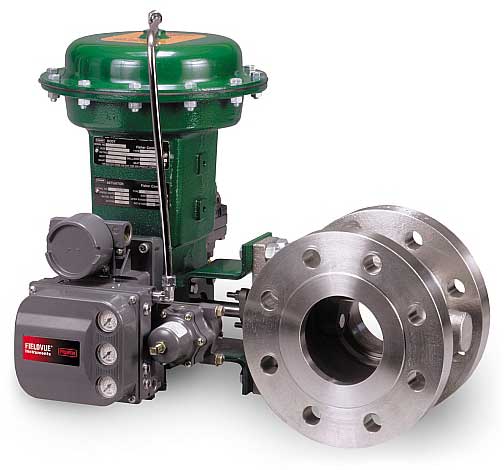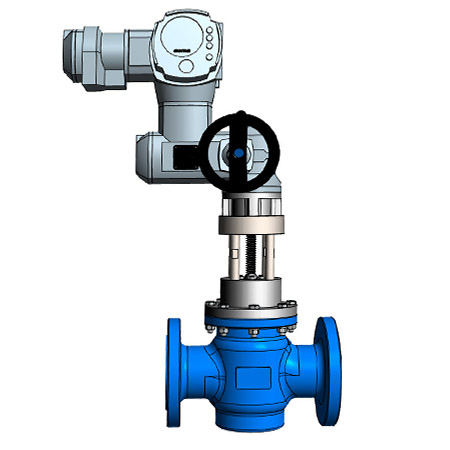How Control Valves Influence Power Effectiveness in Industrial Settings
How Control Valves Influence Power Effectiveness in Industrial Settings
Blog Article
Achieve Seamless Assimilation and Control With High Quality Building Automation Controls
In the realm of contemporary structure administration, the value of top quality structure automation controls can not be overemphasized. Welcoming top quality structure automation controls is not just an issue of ease yet a strategic vital for companies intending to maximize their centers' efficiency and sustainability.

Advancement of Structure Automation Controls
Throughout the past few decades, the evolution of building automation controls has considerably transformed the means structures are managed and operated. Initially, building automation systems primarily focused on standard features such as controlling ventilation, heating, and air conditioning (HEATING AND COOLING) systems. As modern technology progressed, these controls have actually become much more advanced, permitting for a bigger range of building systems to be integrated and taken care of centrally.
The evolution of building automation controls has seen a change towards more intelligent systems that can adjust to changing conditions in real-time. This versatility is essential for enhancing energy effectiveness and guaranteeing passenger comfort. Furthermore, contemporary building automation controls now offer features such as anticipating upkeep, remote surveillance, and information analytics, making it possible for center supervisors to make data-driven choices to boost structure performance.

Benefits of High Quality Integration
The development in building automation controls towards more intelligent systems has actually underscored the considerable advantages of quality combination in maximizing structure operations and enhancing general performance. This central control likewise gives far better presence and insights into building performance, enabling aggressive upkeep and optimization strategies. In general, the benefits of quality combination in structure automation controls are indisputable, using increased efficiency, comfort, and operational performance.
Enhanced User Experience and Availability
Enhancing individual communication with structure automation manages via instinctive layout and boosted accessibility elevates the total experience for passengers and center supervisors alike. By concentrating on individual experience, developing automation systems can end up being a lot more efficient and user-friendly. Intuitive interfaces, clear navigating, and adjustable settings empower users to connect with the controls quickly and successfully.
Availability attributes play a crucial duty in making sure that all individuals, including those with disabilities, can make use of the building automation controls effortlessly. Including functions such as voice you can check here commands, responsive switches, and color-contrasted screens can improve accessibility and make the controls a lot more inclusive.
Moreover, boosted individual experience leads to higher user satisfaction, raised efficiency, and far better decision-making. Owners can change ecological settings according to their choices, while center managers can successfully handle and keep an eye on building systems - control valves. On the whole, focusing on user experience and ease of access in structure automation manages adds to a more seamless and productive structure environment for all stakeholders entailed
Sustainable Practices Via Automation

Furthermore, automation can help with the integration of eco-friendly power sources such as photovoltaic panels or wind generators right into structure procedures. By instantly changing energy use based on the schedule of renewable power, structures can additionally decrease their reliance on non-renewable resources. This smooth combination of lasting practices not only profits the setting but also improves the overall functional efficiency and cost-effectiveness of the structure. Through automation, buildings can straighten with modern-day sustainability goals and add to a greener future.
Future Trends in Structure Control Equipment
In expectancy of evolving and advancing modern technologies sustainability practices, the trajectory of building control systems is positioned to accept cutting-edge remedies and transformative methods. One noticeable pattern forming the future of building control systems is the raised integration of blog here Expert system (AI) and machine knowing. These innovations make it possible for structures to adjust in real-time to altering problems, maximizing energy intake and enhancing comfort for occupants. In addition, the Web of Points (IoT) is changing structure control systems by connecting tools and sensing units to boost and enhance procedures efficiency.
One more key fad is the emphasis on cybersecurity measures to protect versus possible threats to developing automation systems. As structures come to be more interconnected, making sure robust cybersecurity protocols will be vital to secure delicate information and avoid unapproved access.
Moreover, the shift towards cloud-based platforms is obtaining momentum, enabling centralized control and remote access to building systems. This promotes easier tracking, maintenance, and updates, improving the general efficiency and flexibility of structure control systems. As technology remains to advance, these patterns are anticipated to shape the future landscape of building automation controls, driving innovation and sustainability in the developed setting.
Final Thought
Future patterns in building control systems are likely to focus on additional enhancing automation capacities for boosted power efficiency and general performance. It is important for structure owners and drivers to prioritize the adoption of top quality structure automation manages to optimize building operations and attain long-lasting sustainability goals.
In the realm of modern-day building management, the importance of high quality building automation controls can not be overstated. Overall, the advancement of structure automation regulates continues to drive innovation in the structure management market, providing brand-new opportunities for developing smarter and more lasting structures.
The advancement in structure automation controls in the direction of more intelligent systems has actually emphasized the considerable benefits of high quality combination in maximizing structure operations and enhancing overall efficiency. Generally, focusing on individual experience and accessibility in structure automation regulates contributes to an extra seamless and effective building setting for all stakeholders included.
It is essential for structure proprietors and operators to prioritize the fostering of quality structure automation regulates to enhance structure procedures and accomplish long-lasting sustainability objectives. - control valves
Report this page